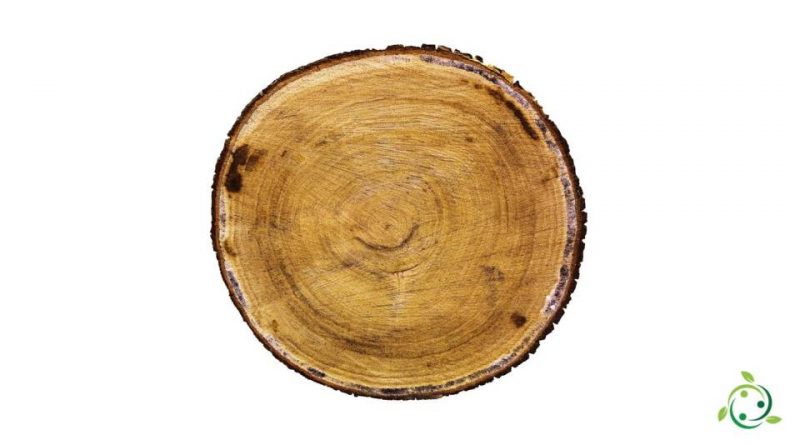Dendrometry
Dendrometry
The term dendrometry (coming from the Greek dendron, tree, and mètron, measure) defines the science that studies the techniques that allow to calculate the biometric values related to a tree or a wood.
With dendrometry, therefore, measurements are made that allow us to trace the following parameters:
– the volume of standing stems or landed trunks, with or without branches;
– the volume of woody biomass that can be obtained from a specific stand at maturity (end of shift);
– the growth rate over time (increase) of a single plant or of an entire stand.
Furthermore, with indirect algorithms it is possible, through the values relating to the volume and height of the plants in relation to age, to obtain an estimate of the station’s fertility.
With dendrometry it is also possible, through the study of the amplitudes of the growth rings of a single plant, and their anomalies, to obtain important information on the history of the station (favorable / unfavorable periods for vegetation, landslides, floods, etc.) .
Dendrometric techniques –
To arrive at the determination of the parameters described above, some considerations of various kinds are used; dendrometry, therefore, refers to the following aspects:
– biologic (method of growth of arboreal plants);
– geometric (geometric assimilation to the natural shapes of the stems);
– i (for the generalization of biometric values actually sampled to an entire stand);
– mathematicians.
By entering these data, a mathematical technical procedure is applied through which the volume of an arboreal plant or a forest is obtained is commonly called cubage, as the resulting value is expressed in cubic meters.
Furthermore, in order to facilitate the calculation of the cubage of certain forest stands, there are “cubature” tables created for a given area and usable for forests that are therefore in the same geographical and environmental conditions.
Dendrometric heights –
Dendrometric heights are essentially of three types: medium, dominant and formal. The first is defined as the height of the probable tree of average diameter, not to be confused with the average of the heights. The second is the height of the 100 largest plants in Ha. The last is a conceptual quantity that derives from the general formula for the cubic volume of the drums: HF = V / G.

